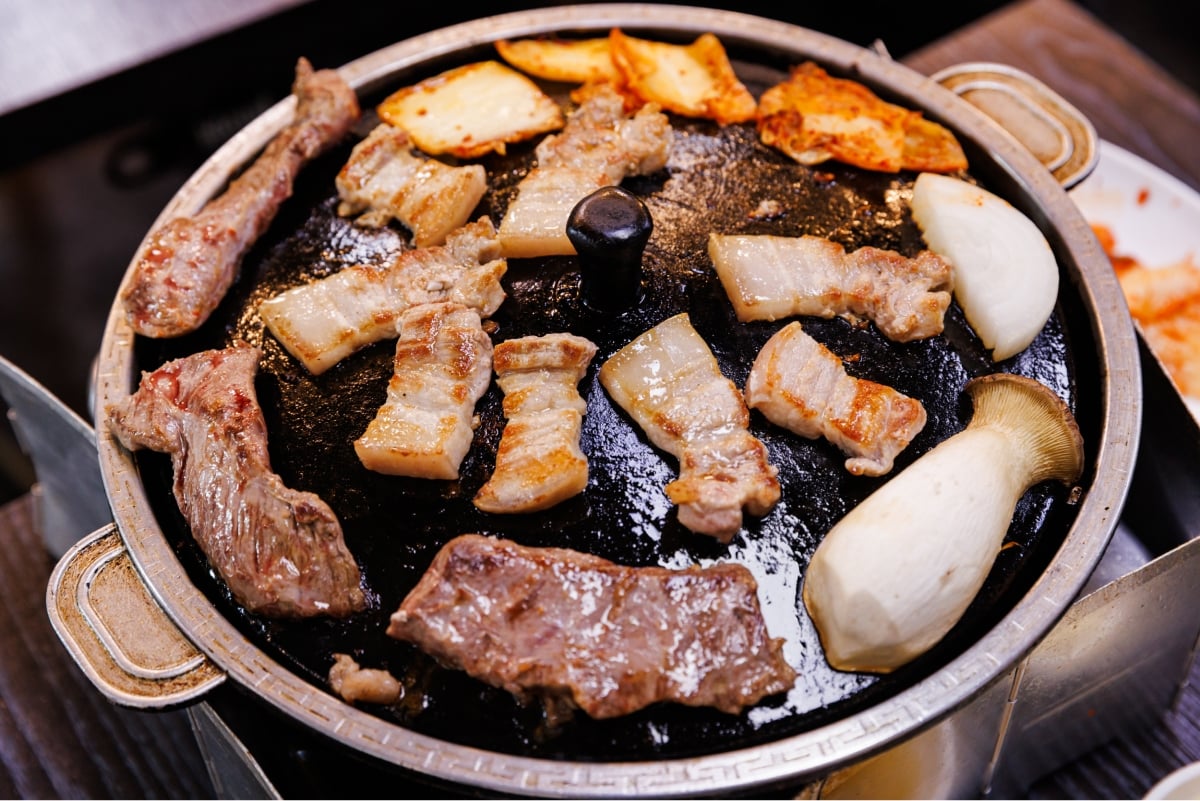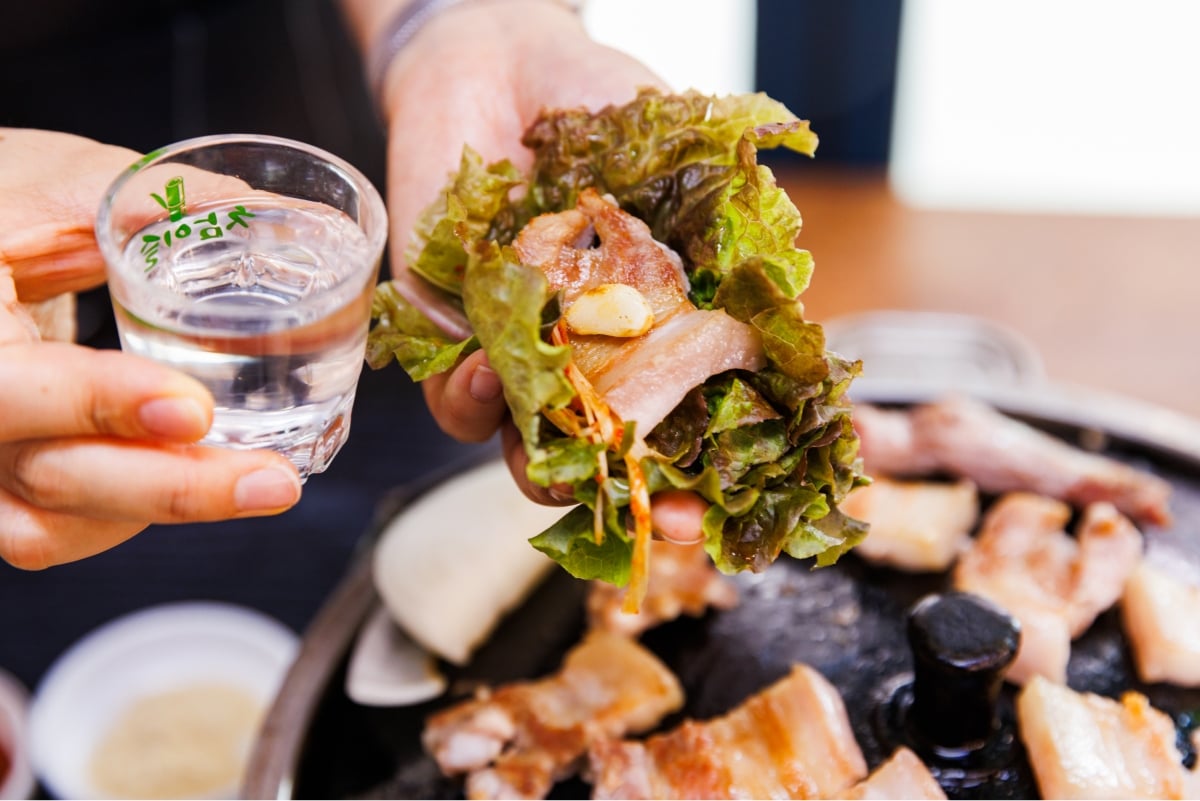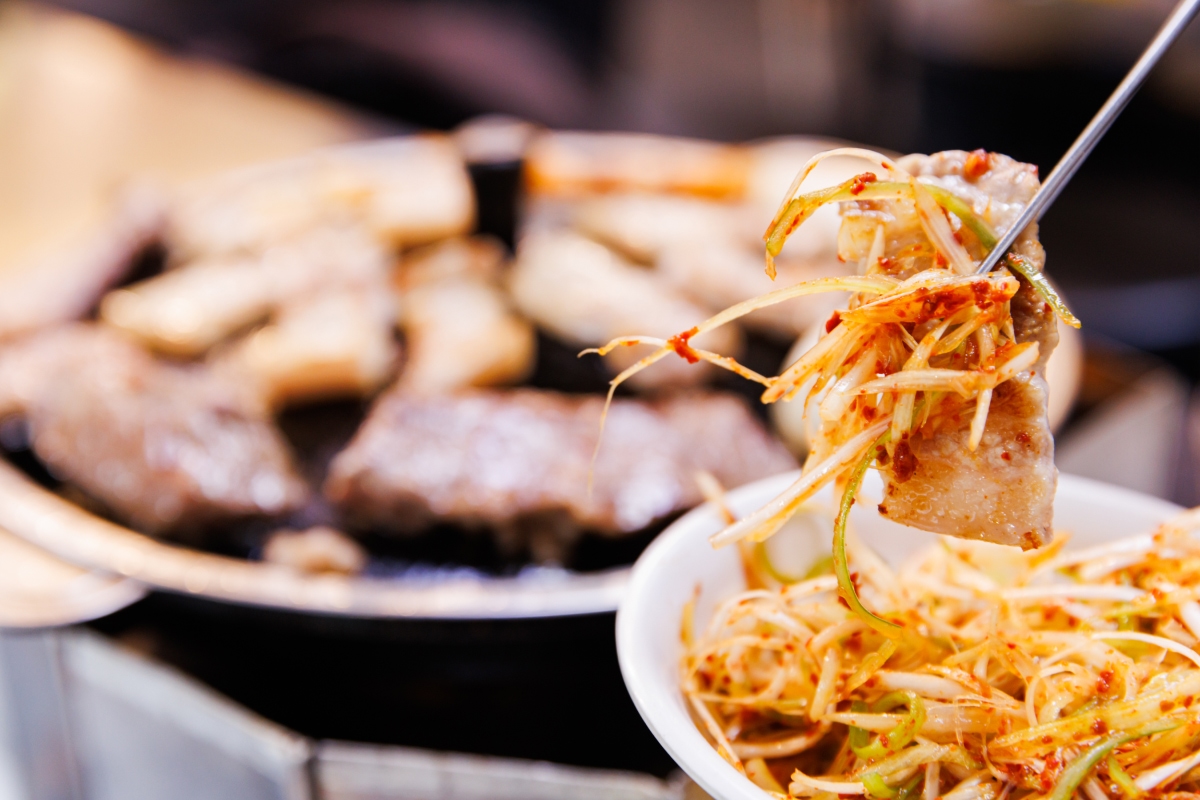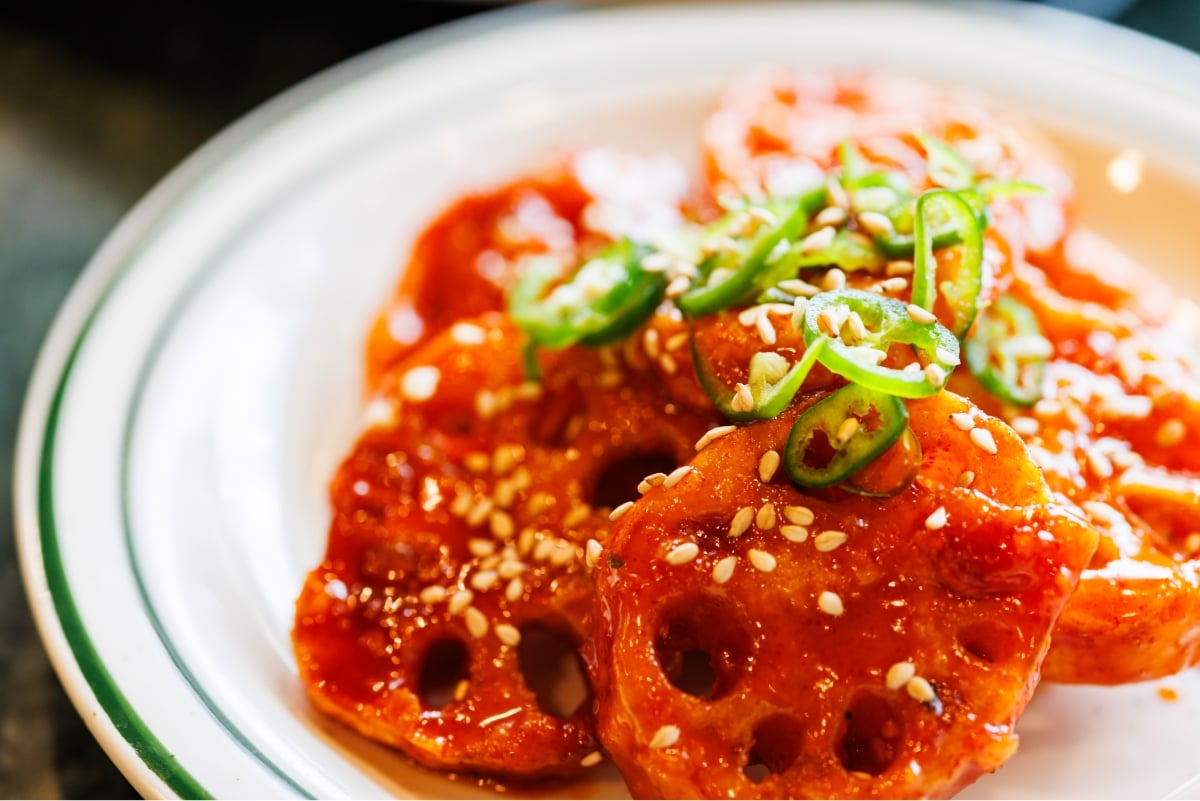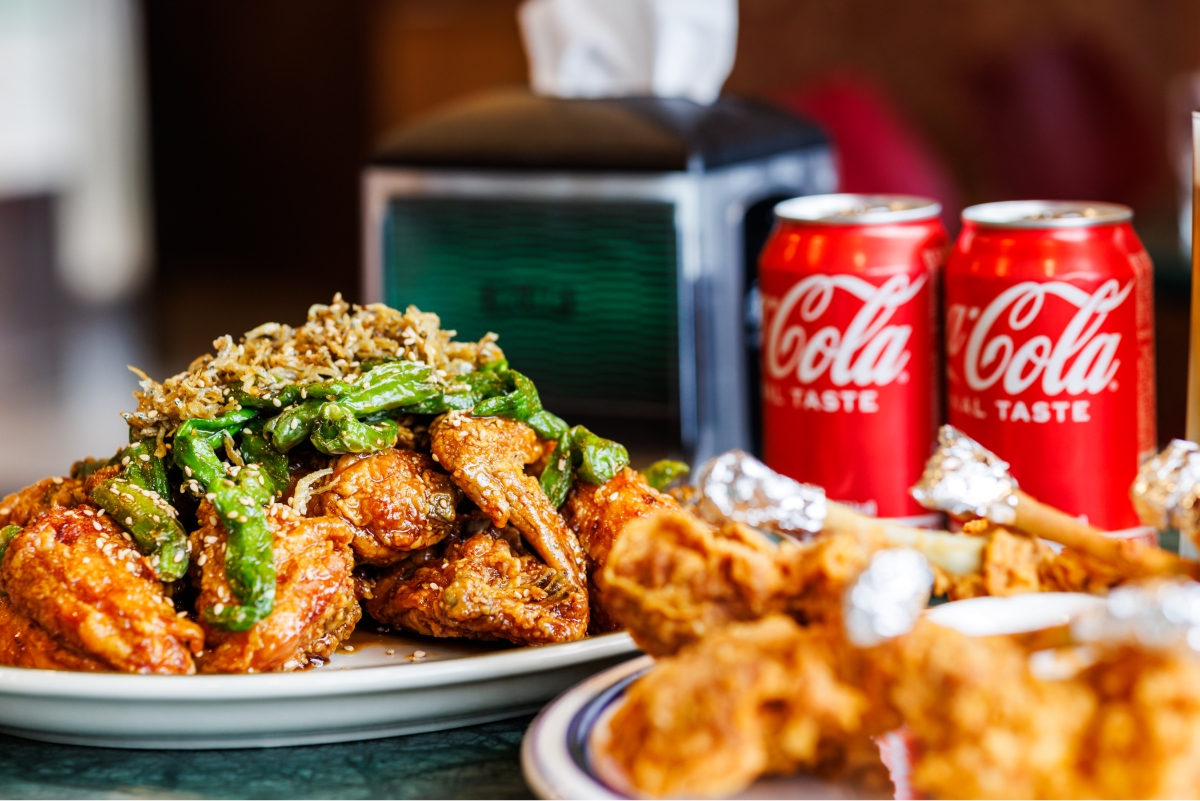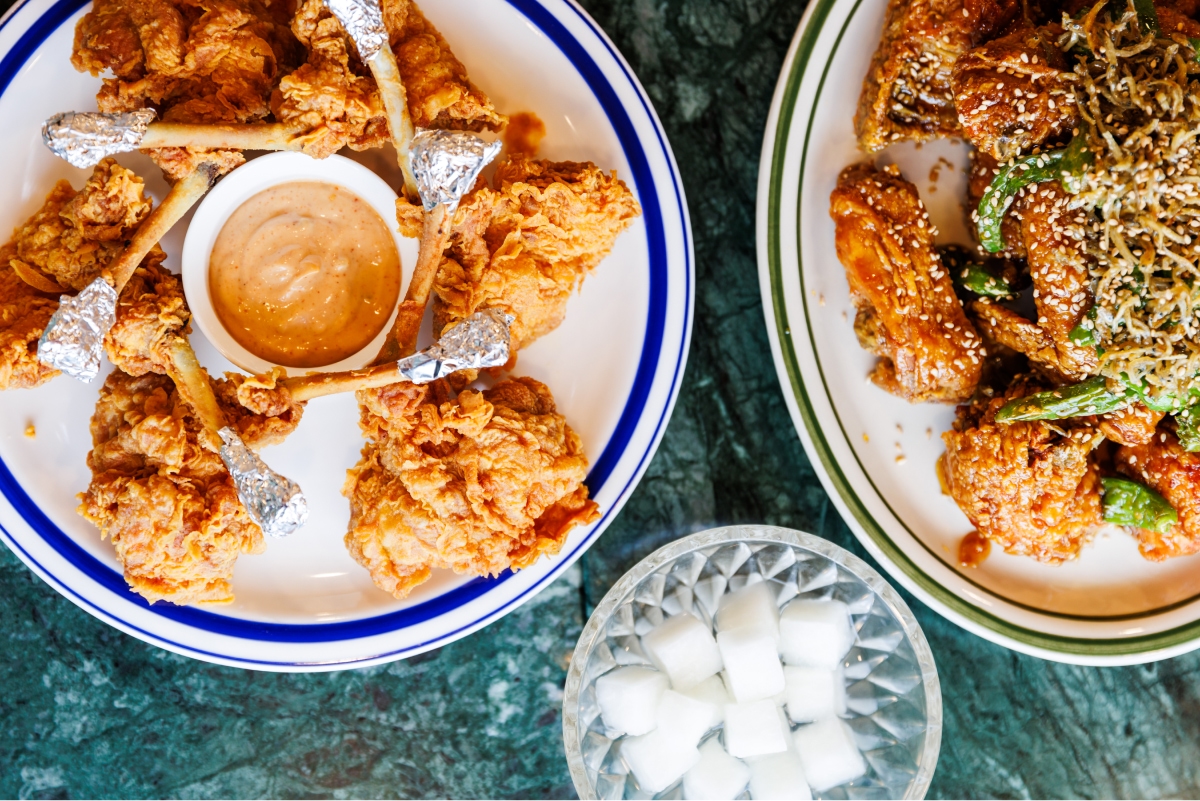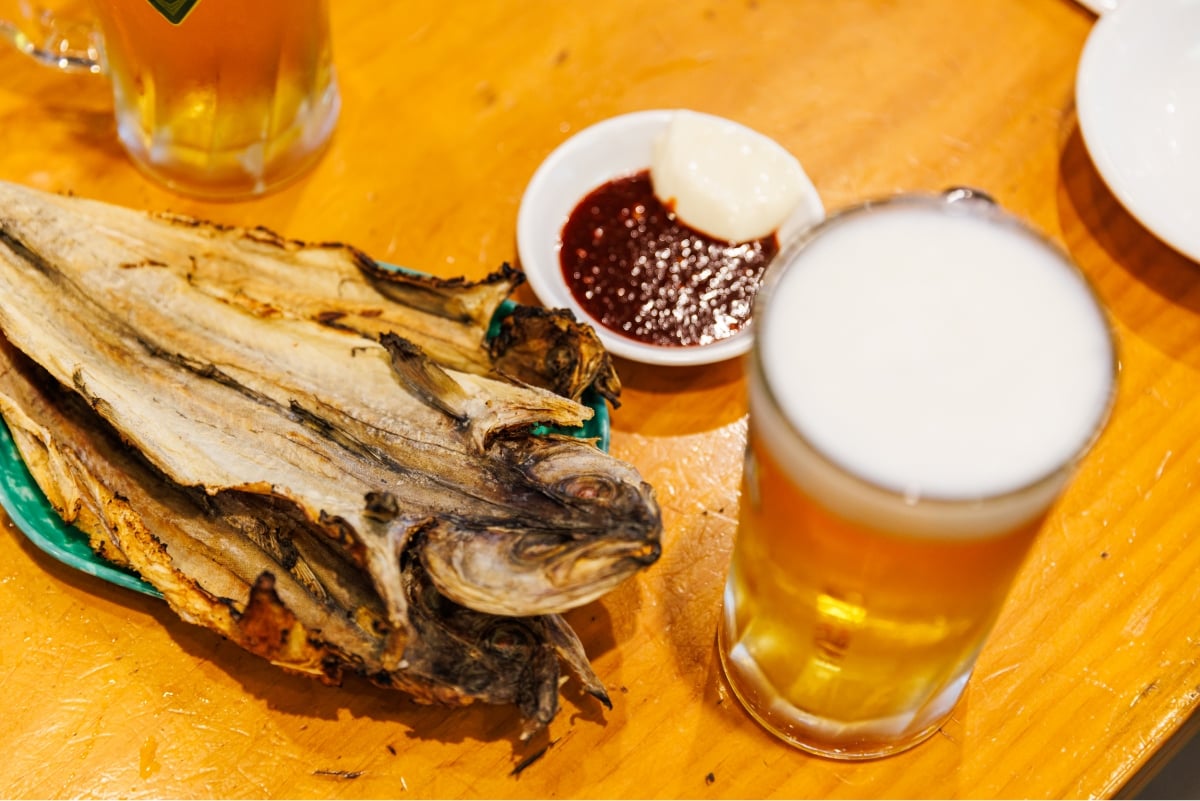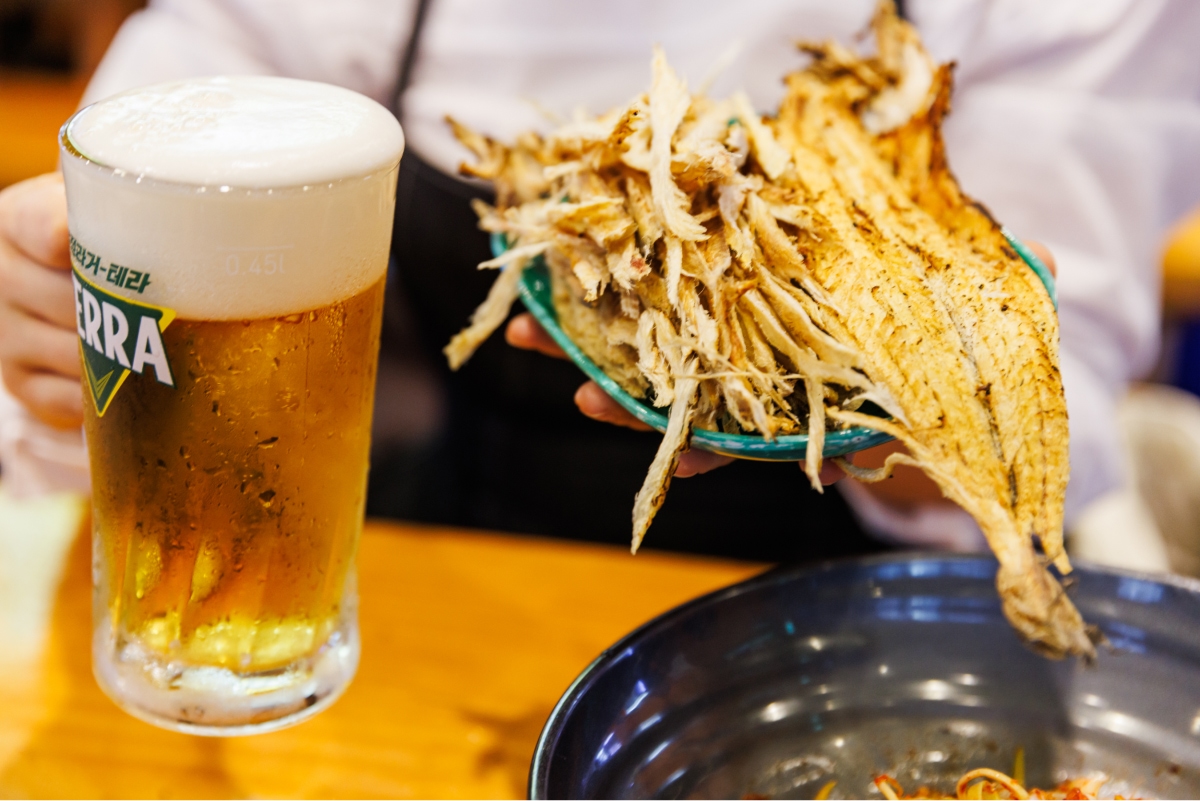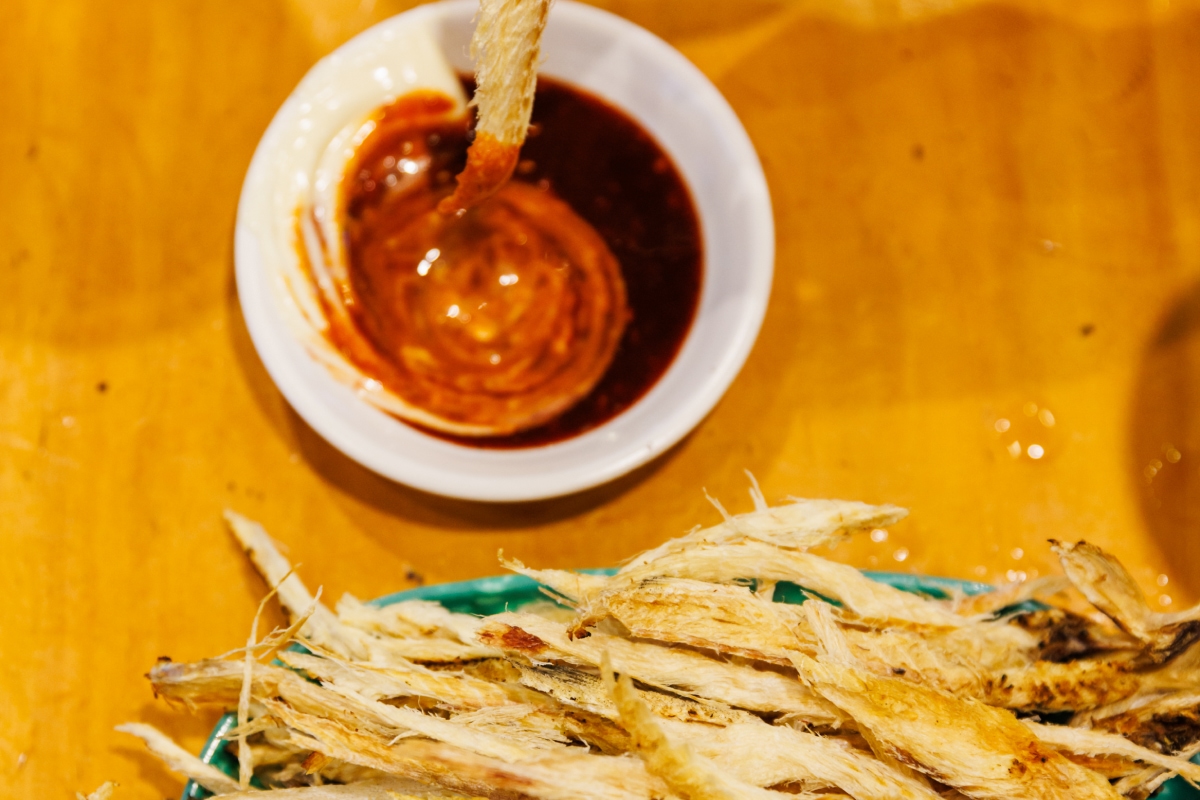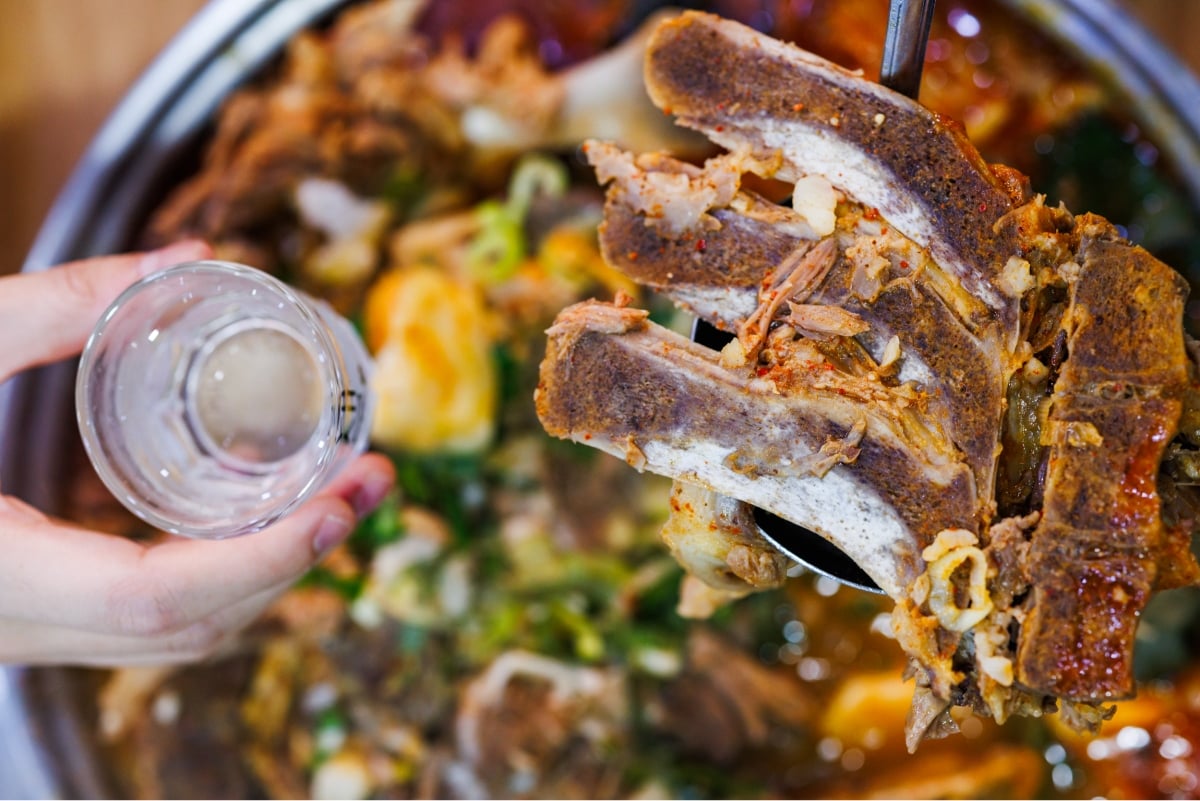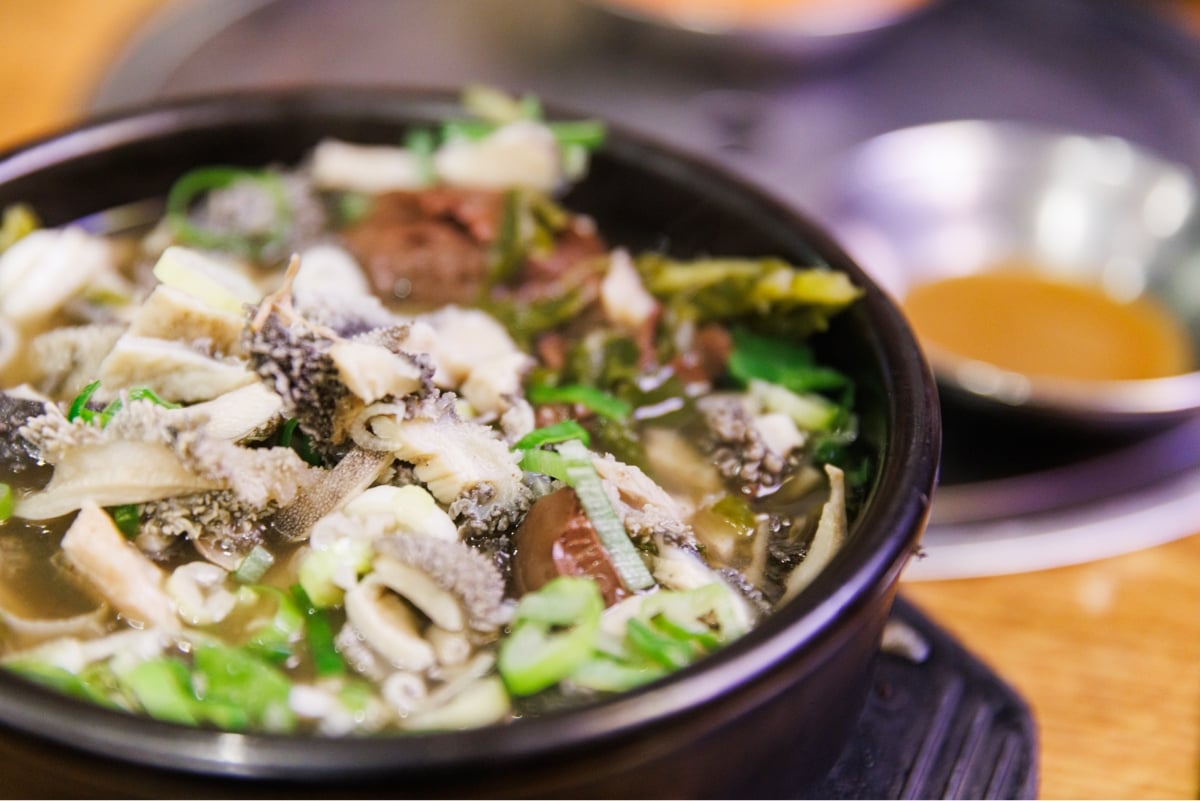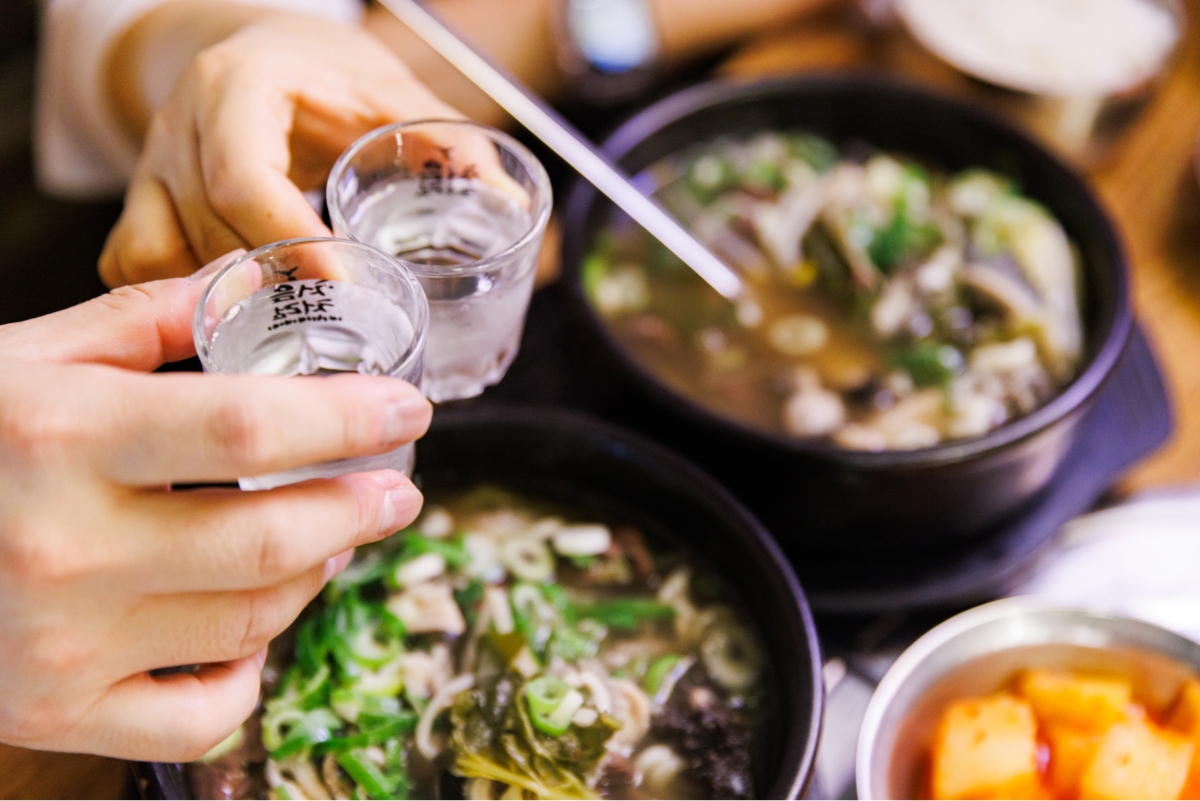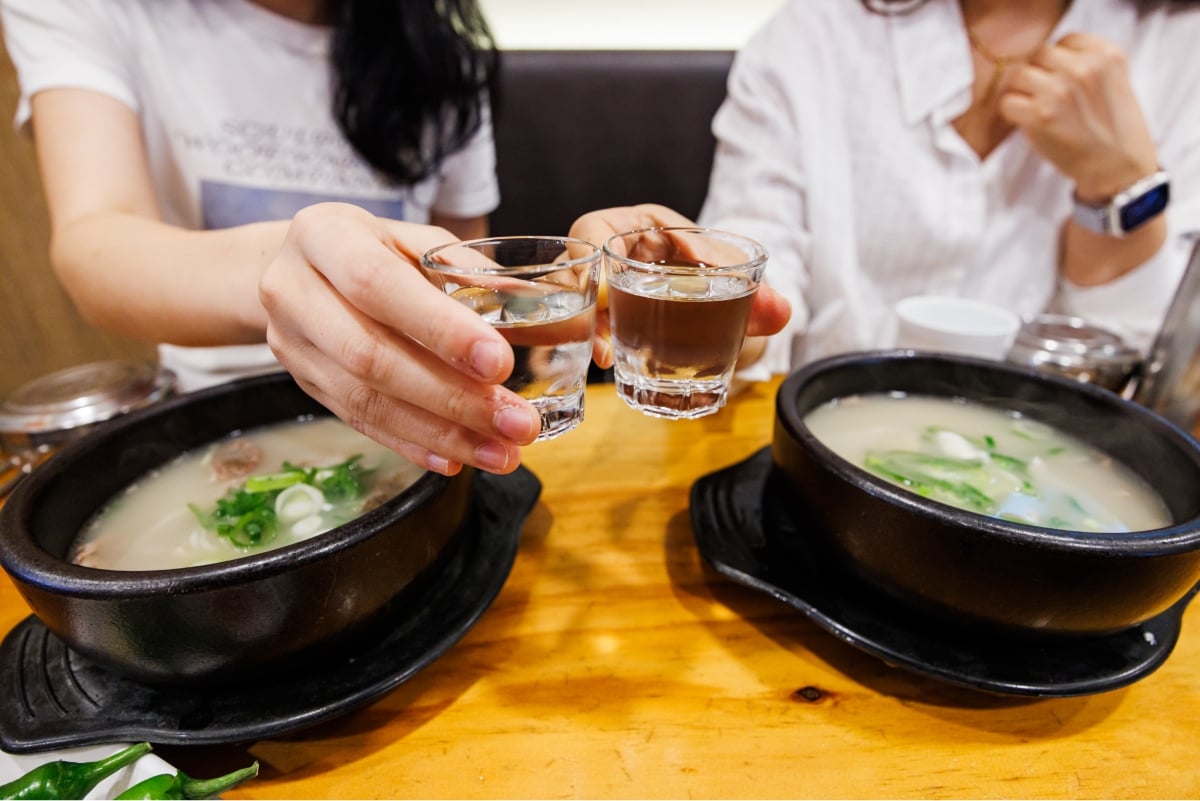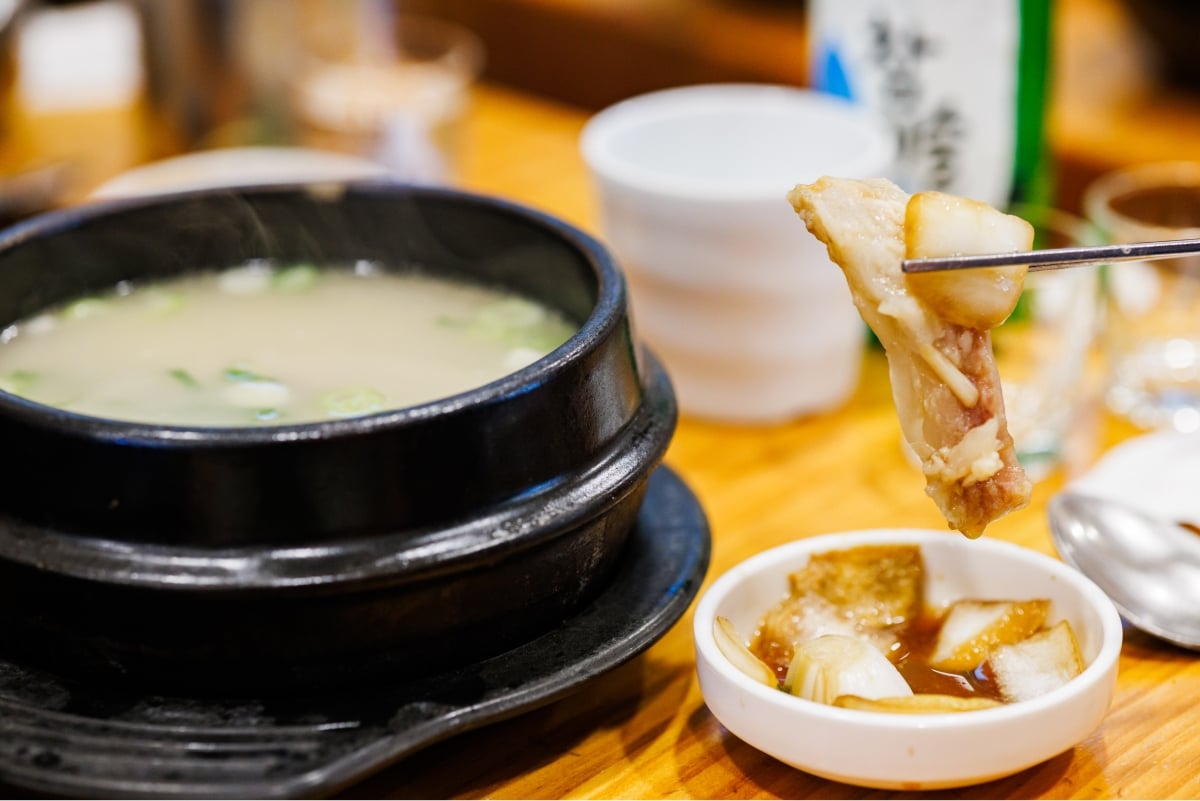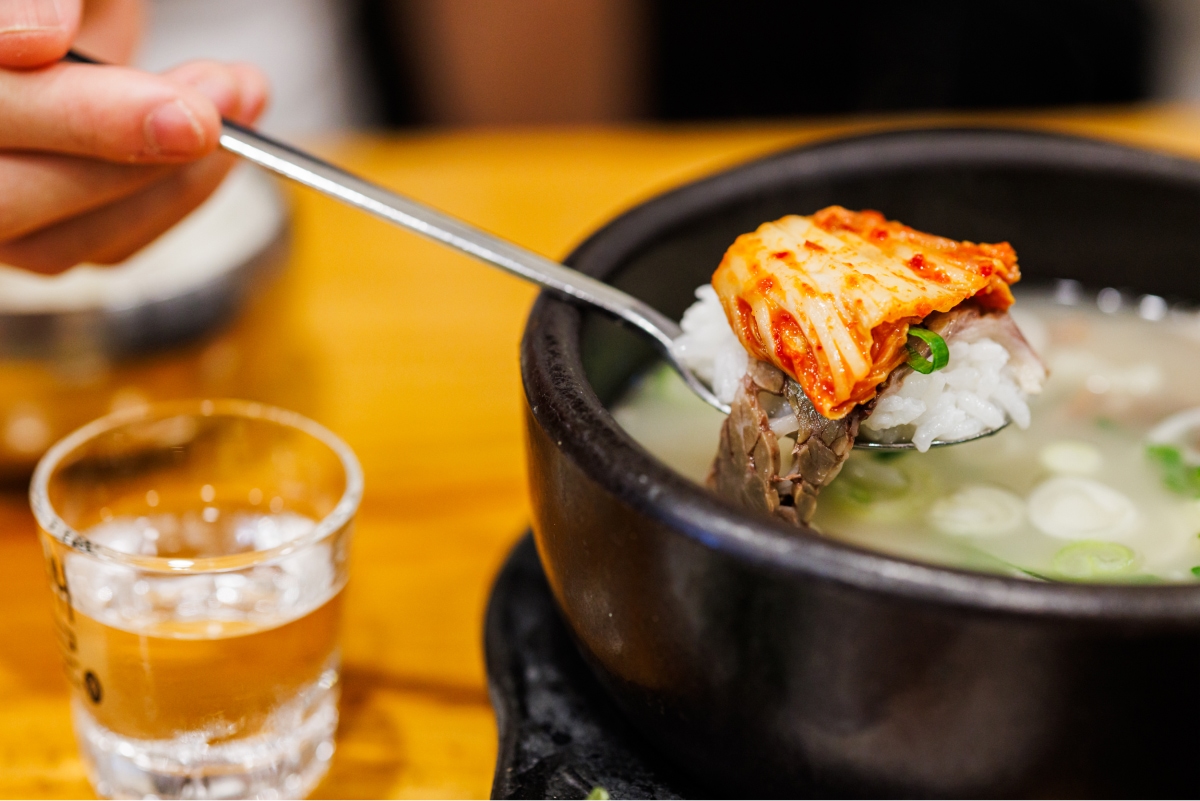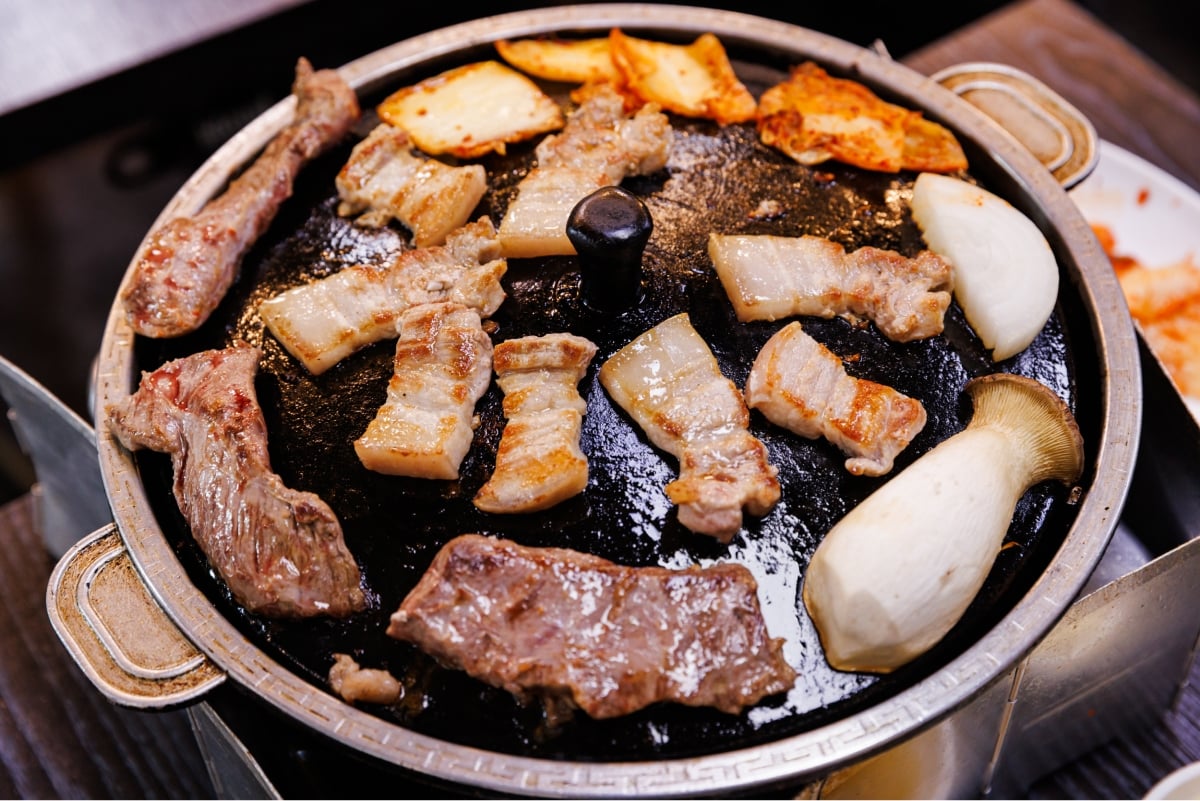Exploring the Dining Culture of Korean Office Workers: From the First to the Third Round
Koreans are well-known for their intense work ethic during office hours, but they also have a unique and enjoyable dining culture that often follows. This company meal culture has caught the attention of people around the world, including the late host of CNN’s “Parts Unknown”, Anthony Bourdain, who experienced it firsthand while shooting an episode in Korea.
Bourdain’s experience, which involved recruiting Korean office workers on the streets, drinking soju bombs, eating pork belly, and visiting a karaoke bar, became a huge topic of discussion. It’s a testament to the fact that for Korean office workers, the first round of drinks and food is never enough.
Staple Dining Options for Korean Office Workers
Korean office workers don’t have to worry about stores closing too early, as they often enjoy multiple rounds of dining and drinking. Let’s explore the staple options from the first to the third round:
First Round
The first round typically involves a hearty meal, such as Korean BBQ or kimchi stew. These dishes are often shared among colleagues, promoting a sense of camaraderie and bonding.
Second Round
After the first round of food, the office workers may move on to a more relaxed setting, such as a ka
Savoring the Essence of Korean Cuisine: A Culinary Journey
The company dinner experience officially starts with the sounds of pork belly sizzling on a hot grill resonates and you take a shot of soju after clinking glasses with a colleague sitting across from you. A shot of soju with pork belly is a fantastic combination and a stable menu among Korean office workers. With its universally appealing taste, pork belly, is a loved menu item that is cherished in social gatherings for bringing people, who enjoy eating and drinking in lively atmospheres, together. Grilled pork belly is also popular overseas. A glass of soju with grilled pork belly wrapped in lettuce has become a scene you can see across the world.
Korean’s have an extraordinary love for fried chicken. Fried chicken has long been a food for the soul and a leading dish in Korea’s dining culture. A Korean food consumer survey was conducted by the Ministry of Agriculture, Food and Rural Affairs in 2021 found that among 8,500 locals in 16 major cities worldwide, Korean-style fried chicken had emerged as the most preferred Korean dish among those who had experienced Korean cuisine. Korean-style fried chicken embraced ingredients like red chili paste and soy sauce which gives it a unique Korean flavor. As consumer preferences and tastes diversify, fried chicken dishes have been evolving across boundaries. In Korea’s specialty restaurant brands, menu items with exciting names have been released like Garlic Soy Fried Chicken, Ttaengcho Mayo Fried Chicken, Carbonara Fried Chicken, Fried Chicken with Shishito Peppers and Anchovy, and Spicy Seasoned Fried Chicken (Gomawo Chicken), attracting much attention and popularity just from the curiosity of their flavors. The Fried Chicken with Shishito Peppers and Anchovy, in particular has received acclaim for its unconventional approach of incorporating dried chili peppers and anchovies into the ingredients which are normally used in side dishes in Korea.
The taste of dried young pollack gets savory the more you chew it. The dish made by drying young pollack boasts as a great pairing with beer. There’s nothing that tastes more delightful than tearing a crispy dried young pollack with your hands and dipping it in gochujang or mayonnaise. Euljiro is famous for its dried young pollack alley. It has become a frequented hot spot for young people with a nickname “Hipjiro”. This term was created by combining “Hip” and “Euljiro”. If you could pick the hippest menu in Hipjiro, it’d be the dried young pollack. Not too long ago, this dish was enjoyed mostly by the older generation, but with the resurgence of retro trends and beer, it has transformed into an exciting and fresh dish for the younger generation as well. Not only that, this alley leads to Seoul’s unique night market culture which draws in quite the crowd after dark.
Pork backbone stew contains potatoes, pork backbone, and pork neck bones. You can enjoy eating fluffy potatoes and peeling the meat off of the bones, along with a spicy and savory broth that naturally complements rice. A variety of ingredients go into the stew. Along with the main ingredients, it also contains kimchi cabbages, perilla leaves, perilla powder, enoki mushrooms, scallions, and hand-pulled dough to create a rich broth. The moment the hot and spicy broth enters your mouth, you automatically think of soju. Each ingredient has a distinct taste and they all come together to create harmony. A favorite dish of fathers, pork backbone stew has captivated the palates of millennials and generation z with its familiar and comforting flavors. It has secured its place as a popular choice among these groups.
Beef tripe and seonji hangover soup is made with the contents of a cow’s stomach and coagulated blood. This stew boasts rich and refreshing flavors, but it’s also abundant in protein and enzymes because it utilizes the stomach of a cow. It makes an excellent dish to boost your stamina that will aid in recovering energy. The coagulated blood, seonji, contains plenty of iron which contributes to preventing anemia and helps with detoxing. There’s no better food to aid in breaking down alcohol with its high minerals and protein content. Other ingredients included in the soup are bean sprouts and scallions. The cow’s stomach has a chewy texture, while the coagulated blood is tender and soft. The dish is designed to relieve hangovers and boost energy, but it also goes well with alcohol as a side dish.
The broth of an ox bone soup is made with the head of a cow, intestines, bones, and other ingredients, and is cooked until the broth becomes rich and milky. It’s a major dish of Seoul and an indispensable part of Korean cuisine. It takes long hours of simmering the cow bones to create the broth and turn it into a delicacy. The soups flavors are enhanced by adding thinly sliced green onions and sprinkling salt or pepper to add to the taste. There’s no set way to eat it, but people commonly start by eating the noodles and meat (brisket or flank) first, and then they add rice to the remaining broth. Also, adding diced radish kimchi, kimchi, and kimchi juice to the broth will give it a tangy taste to enhance the flavor. It’s a sought-after dish for those looking for something high in protein while being health-conscious. You can enjoy other variations like offal soup, oxtail soup, ox knee soup, and boiled beef slices along with it.
As you can see, Korean cuisine offers a diverse and flavorful array of dishes that cater to a wide range of palates. From the sizzling pork belly to the crispy fried chicken, the savory dried young pollack, the hearty pork backbone stew, the nourishing beef tripe and seonji hangover soup, and the rich ox bone soup, each dish showcases the depth and complexity of Korean culinary traditions. Whether you’re a seasoned foodie or a curious newcomer, exploring the vibrant flavors of Korean cuisine is a truly rewarding experience that will leave you craving for more. Dive in and embark on a delectable journey through the heart of Korean gastronomy.
